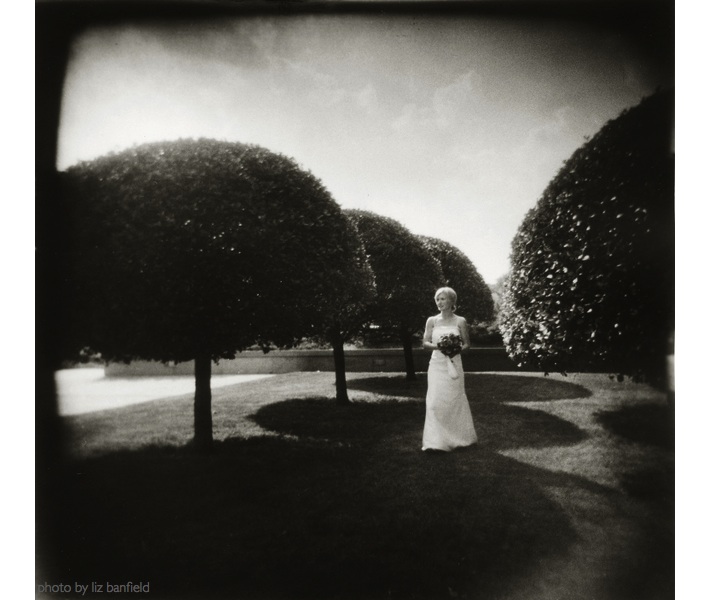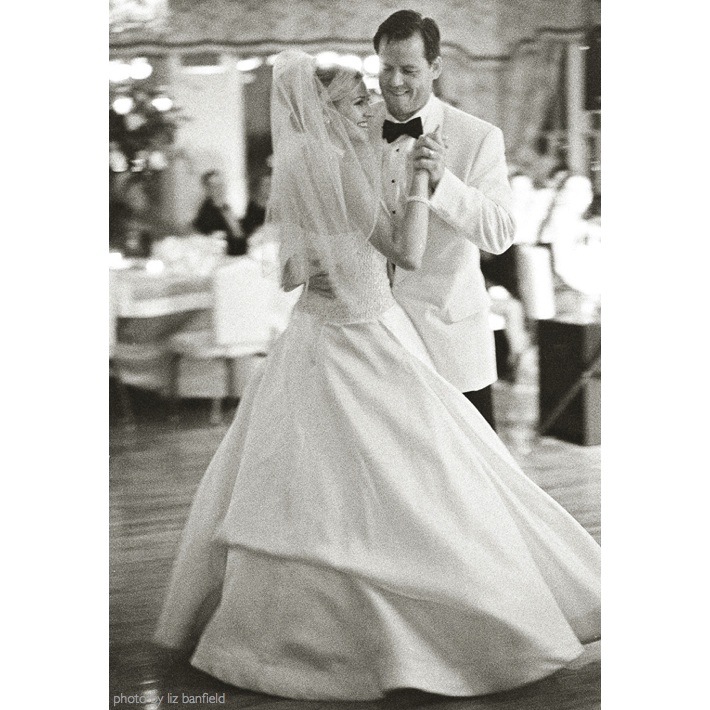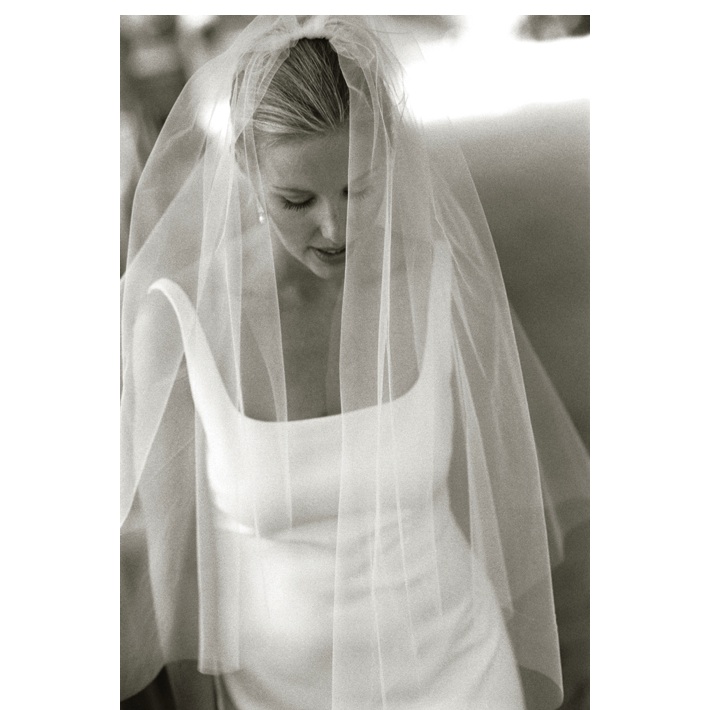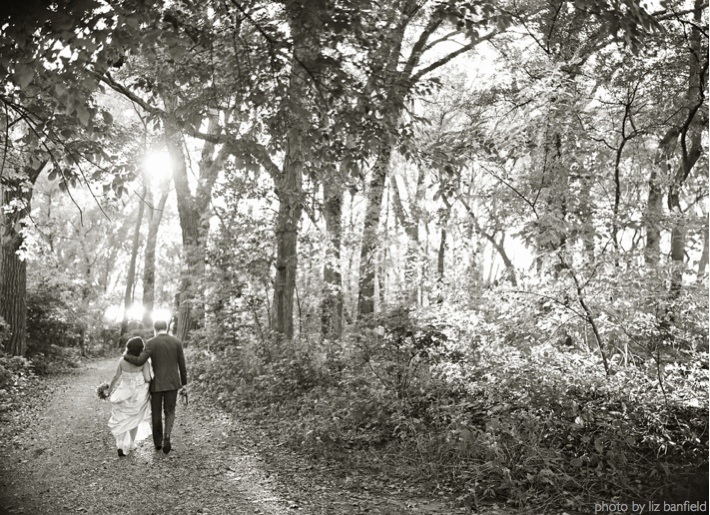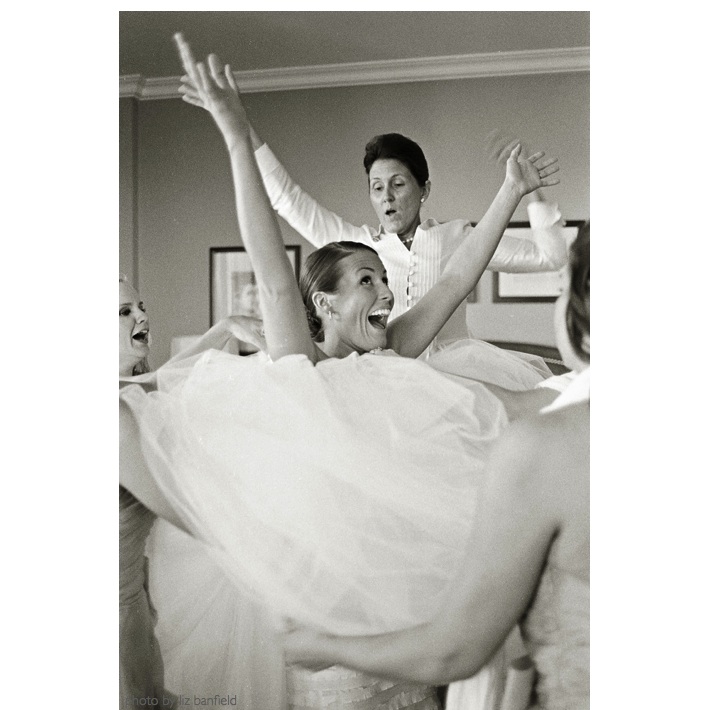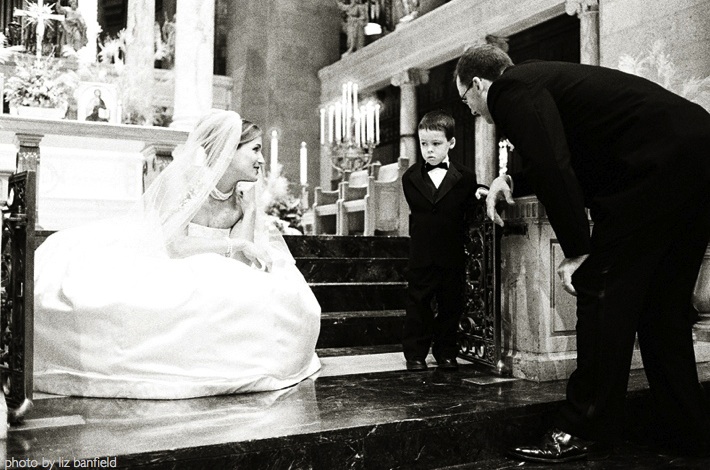
The black and white photograph has a powerful way of rendering a scene that is uniquely enduring. By taking color out of the equation, everything is simplified and the viewer can focus on the moment without distractions such as a busy background or a spray-tan gone wrong. At every wedding I always shoot true black and white film throughout the day to create these timeless images. Beyond an artful chronicle of the day I’m looking to take photographs that could live on someone’s wall forever. To make my point, I chose pictures from different times throughout my career – only two of these shots were taken recently. One of them – 12 years ago!
Stylistically, I’m in love the atmospheric quality of film, especially black and white. The grain has a softness unique to the medium. I feel as though film has a touch of the human hand in a way that digital does not. It’s sort of like the difference between a hand-woven rug and a machine-made one — the slight variations are part of the beauty. I am devoted to keeping the art of black and white photography alive.
If you too are a lover of black and white photography, you may want to focus on photographers who shoot film or use a hybrid of film and digital. Then, sit back and observe their favorite work, i.e. the work they present to you on their website or in their studio. Are they showing black and white images that resonate with you? Not every photographer “feels” it when it comes to black and white and it takes a certain amount of experience to know how an image will turn out when shot with black and white film. Importantly, I advise against ever trying to “coach” a photographer into shooting in a style or medium that is different from their existing portfolio.

